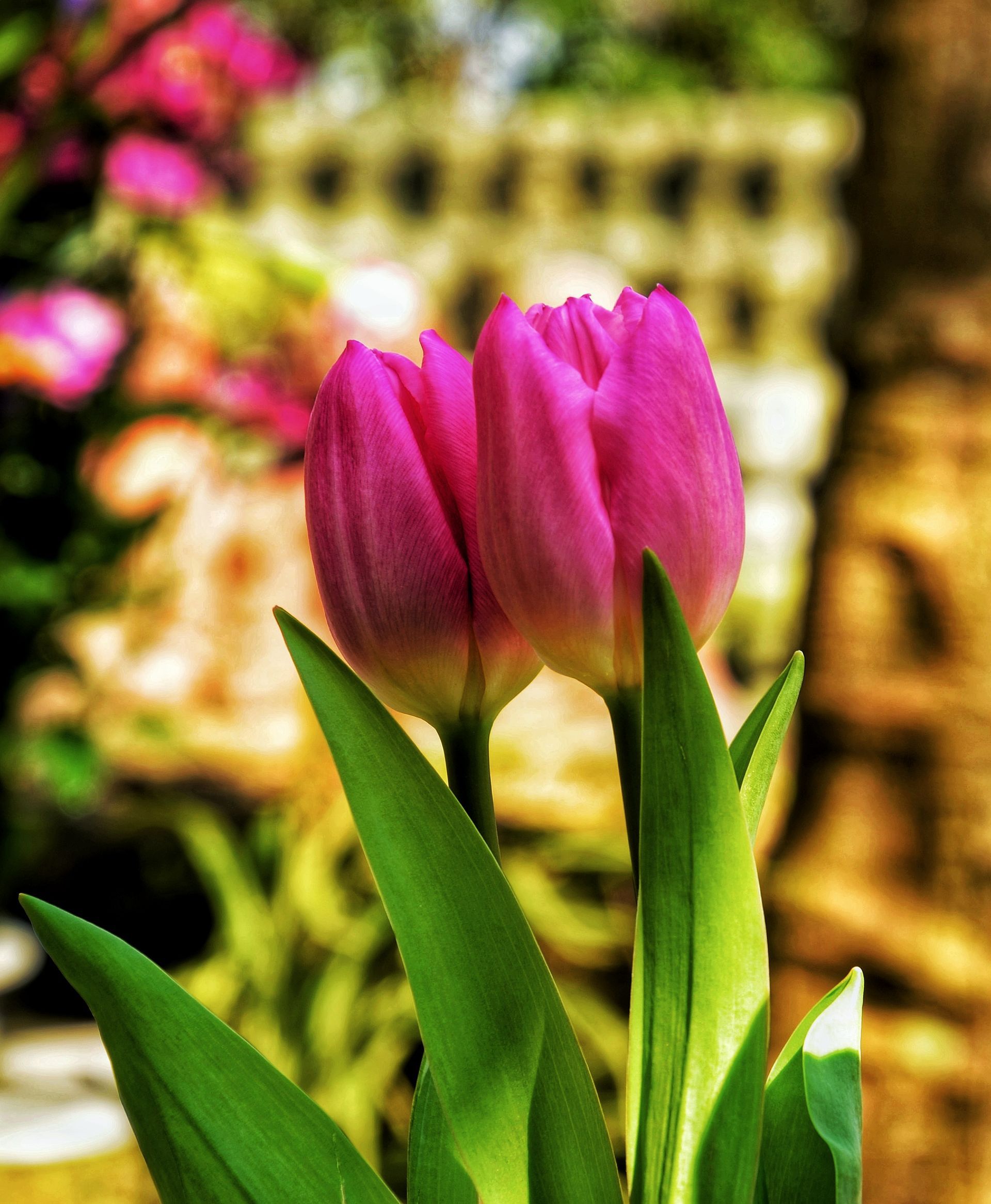Top 5 Pretty Pink Flowers for Your Garden
Add a jolt of color to your garden!

Most of us love pink flowers as the color pink is so soft and soothing in all its shades. While light pink flowers offer an airy feel and can act as neutral, bright or hot pink blooms bring on the drama. So, if you are thinking about planting some pink flowers in your garden, here are the top 5 most enchanting pink flowers for your plot.
1. Tulips
Pink tulips are so special! They are one of the best-known spring bloomers in the world. The tulip has many different varieties. There are early and late bloomers, single and double tulips, and there is also a difference in leaf shape, color and flowering height. Note that some varieties are suitable for pot planting and others are not. If you plant tulip bulbs of several varieties with different flowering times, you can enjoy these beautiful flowers for months!
2. Zinnia
Zinnias are one of the most colorful flowers that we can have in our garden. They grow quickly, bloom a lot and are pretty easy to grow everywhere. As zinnias require minimal care, they are ideal plants for beginner gardeners. This bushy plant is tolerant to low temperatures, but it cannot survive frost. Each type has a slightly different leaf shape. The flowers come in all various kinds of colors and shapes as well. The height of the zinnia plant can range from 15cm to 1,0m (6 inches – 40 inches).
3. Petunia
Petunia is a famous flower due to its beautiful multi-colored trumpet-shaped flowers that are commonly recognizable all over the world. The plant prefers sunny areas to grow, and its foliage is hairy and branching. The blooming of this flower lasts from spring to autumn. We can find petunias in many different types, heights, and colors, depending on the variety of the plant. Among the wide color variety, we can see red, white, pink, purple, light blue, yellow and almost all existing colors. Black-colored petunia petals are something worth seeing!
4. Oriental Lily
The oriental lily is one of the most dramatic, and fragrant, perennial flowers around for sunny gardens. The huge, star-shaped flowers appear in shades of pink, red, white, and yellow and add a fun touch to landscape beds, borders, and containers in late summer. As oriental lilies last a long time in bouquets, they're often used as cut flowers. Older oriental lily varieties grow relatively tall, so they're best for the back of the border. Give these maintenance flowering plants well-drained soil and a good amount of sun, and they will bloom every year without fail.
5. Aster
Aster in Greek means “star”. There are about 250 species of asters. Most asters are herbaceous perennials, meaning they will die back to the ground in winter. However, you can find some annual and biennial versions of asters as well. They are in the daisy family and are notable for their starburst arrangement of bright petals, which most often surround a yellow center. The flowers are small but numerous, giving the plants the look of being “nothing but color” when in full bloom. The flower colors can include white, pink, purple, blue and red. The plant size can be 1 to 6 feet tall.
To summarize, don’t forget that your flowers may become invaded by insects and pests at times. Pest infestation causes a plant to become unhealthy, with stunted growth, blotches, and other unpleasant effects. So use fully organic and non-toxic Critter-Repellent to safeguard your flowers from pests and insects.
Critter Repellent All Natural Animal Repellent Blog












